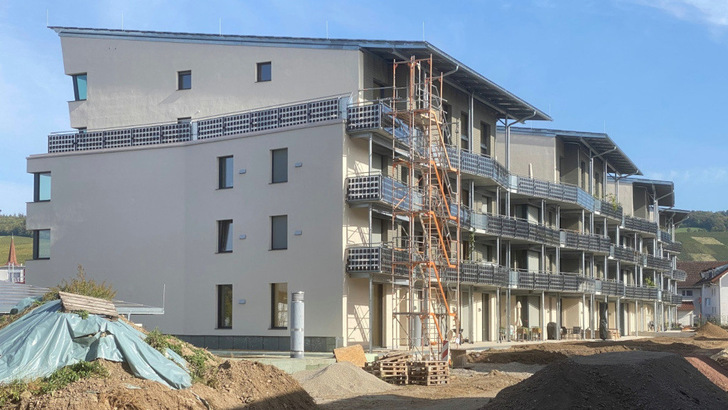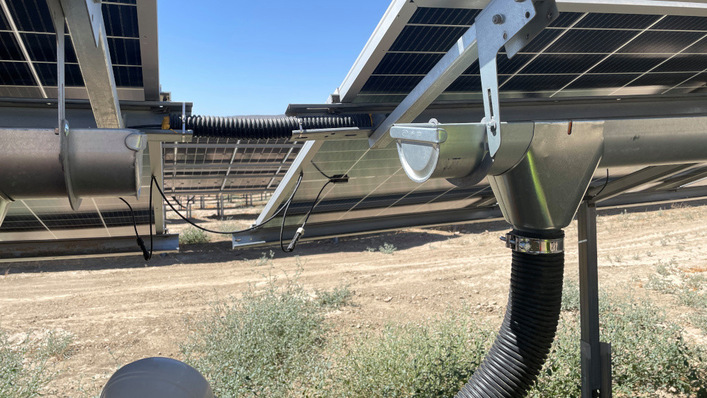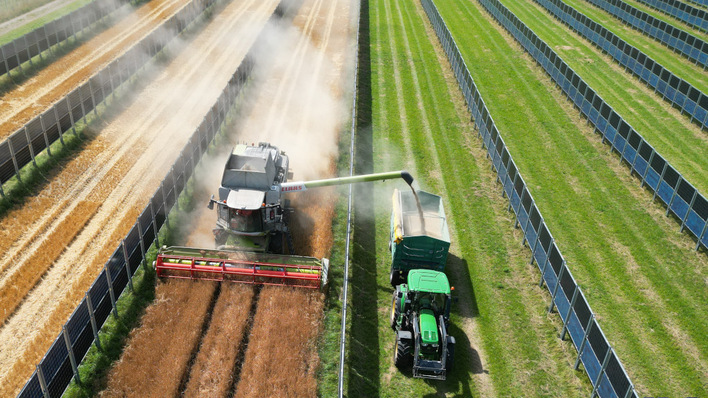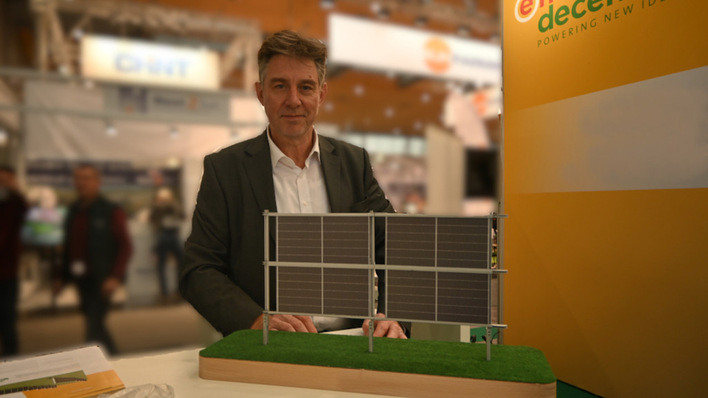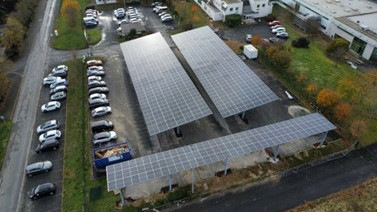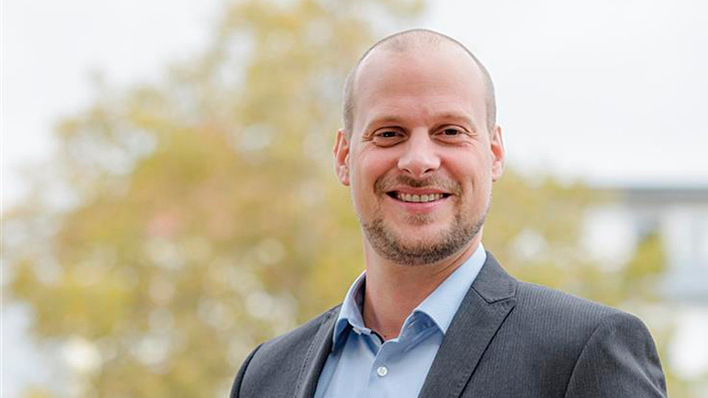The architectural firm of Rolf Disch is a pioneer in the integration of photovoltaics into buildings (BIPV). Now the latest project of the Freiburg architect has been completed: The PlusEnergy Climate Houses in Schallstadt, 100 kilometres west of Lake Constance. Only a few kilometres southwest of Freiburg im Breisgau, Rolf Disch has developed several apartment buildings in such a way that they generate more energy than they consume.
See also: Intelligent control for the heat pump
On the one hand, this is achieved because the buildings are fully geared up for minimum energy consumption. On the other hand, a great deal of photovoltaics has been integrated into the building envelope. These solar systems completely cover the buildings' needs and actually generate a profit over the course of a year.
Surplus for mobility
A large part of this electricity harvest is not fed into the grid, but used for mobility. Everything has been done and implemented that is possible today in sustainable building and living - and that must be implemented everywhere if we are serious about combating climate change.
90 per cent of the energy stays in the house
The orientation of the building to the southwest means that solar energy can be used abundantly to warm the living spaces on cold days. On hot days, the balconies and the external sun shading provide shade so that the rooms remain cool. The compact and thermally insulated outer shell and thermally insulated glazed windows reduce the heating requirement to a minimum. Ventilation supplies the living spaces with fresh outside air. In combination with efficient heat recovery, up to 90 per cent of the energy remains in the house.
Also interesting: HPS inaugurates home with solar-hydrogen storage system
Rolf Disch has also done a lot on the active side. The roofs and the balustrades of the balconies are equipped with photovoltaic modules. Even the roof of the carport in front of the building is covered with solar modules. In this way, the building has a solar output of 450 kilowatts. These provide about 430,000 kilowatt hours of electricity every year - more than is needed in the climate houses.
To make better use of this electricity on site, an electricity storage unit has been integrated that can shift the solar energy into the evening hours. Later, the batteries of the electric vehicles will also return stored electricity to the house.
Solar power for heating
But the solar power also covers a large part of the heating supply. Solar-powered heat pumps use the energy produced by the building. The energy source is waste heat from a sewage system, which is supplied via a cold local heating network. The heat pumps raise the temperature to the level of the underfloor heating. In summer, this can also be used for cooling. When showering, the warm water going out heats the cold water coming in. (mfo)


